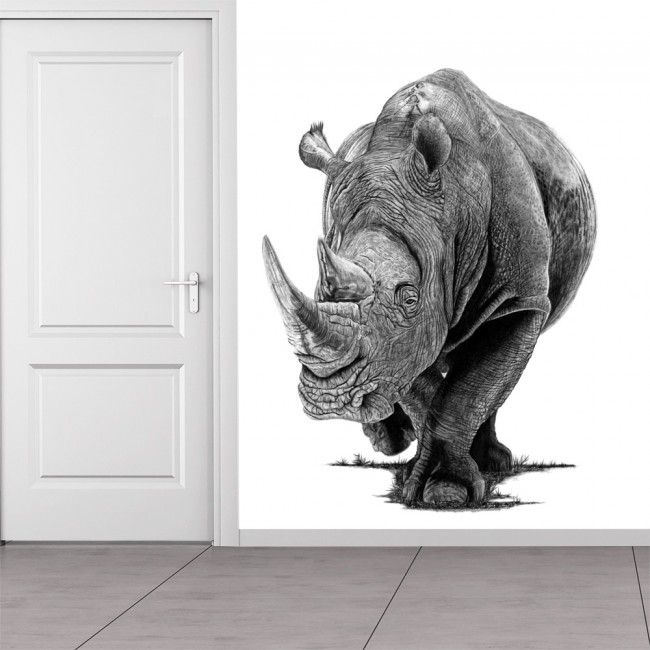
Speaking with Artist, Paul Stowe
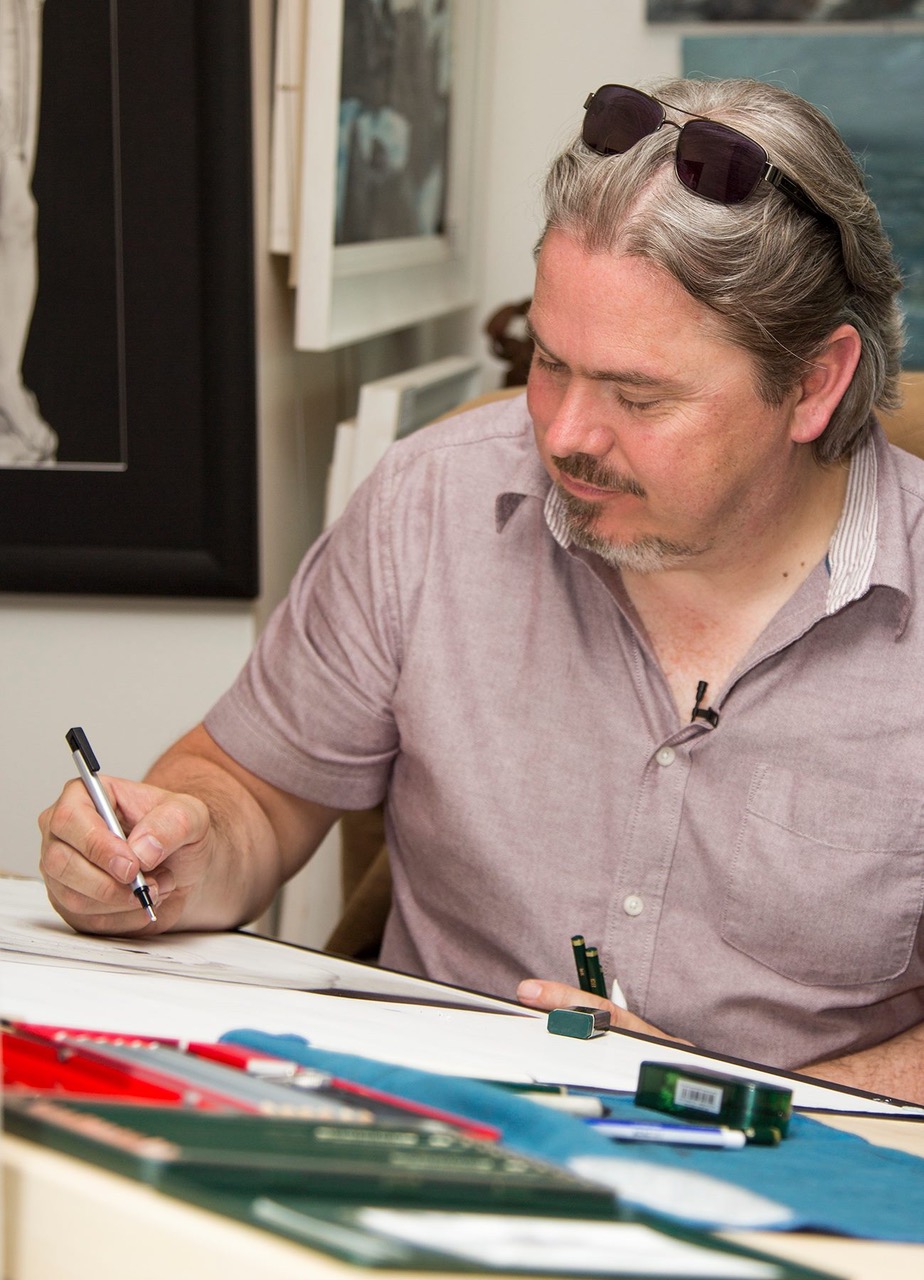
Paul Stowe is a truly unique artist who creates his amazing work using just pencils. His collection with Azutura features beautiful lifelike animals, however, his subjects do vary and include profiles and bodyscapes.
We were lucky enough to speak to the Cornwall-based artist about his career change to the arts, his use of pencils, his gallery and much more.
Hi Paul - Thanks for taking the time to speak to us. Could you start off by introducing yourself and telling us a little about your life?
Growing up in the industrial Midlands, art was never discussed at home or at school. I never knew any artists and even though I enjoyed drawing, I never even considered being an artist.
Following college, I began work in the automotive industry as an engineer and quickly rose through the levels securing management positions at Land Rover, Jaguar, Lotus and finally MG Rover. These companies allowed me to work across the globe spending extended periods in the USA, Italy, India and finally in China where I spent 12 years working for various state-owned and private companies.
We moved back to the UK a few years ago and settled in St. Ives, Cornwall, a place where my wife spent her childhood and, as a family, had holidayed for more than a decade.
You had such a long hiatus from creating artwork - What made you go back to it?
My wife was a graphic designer when we met and an amateur artist all her life. As our children grew up, I found I had some spare time on my hands and started to draw portraits to kill time and have a better understanding of my wife’s conversations!
Having had many failed hobbies in the past, I thought this would be another ‘flash in the pan’ exercise. That was six years ago and I still wake every morning thinking about what I am going to draw or how I’m going to tackle a particularly difficult part of a drawing I’m working on.
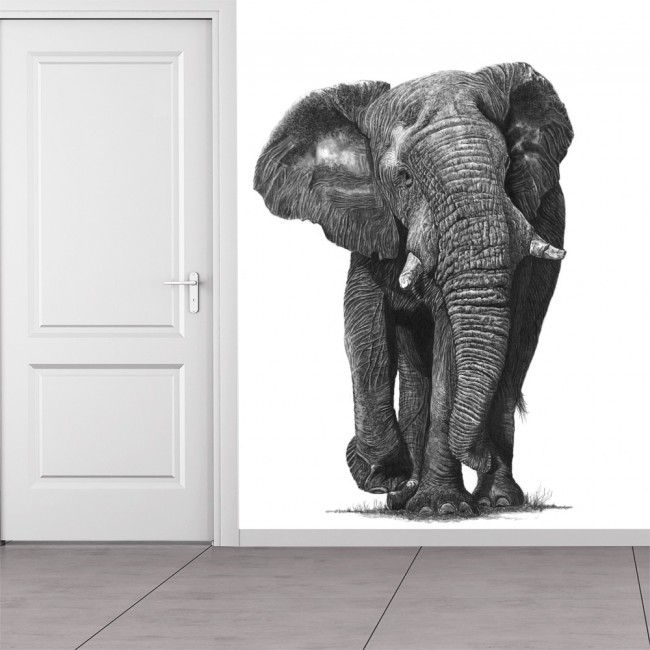
So, what’s an average day like as Paul Stowe?
I own an art gallery in Truro, which doubles as my studio. I spend half of my time with the day to day running of the gallery, dealing with artists and customers etc. and the other half I spend drawing.
I average at least four hours a day, six days a week drawing, sometimes more if it's a quiet period or I need to finish a commission. Evenings are spent on social media, marketing and stock orders. I figure that I spend more time trying to sell art rather than actually creating it. This seems to be the life of a modern-day artist!
What attracted you to use pencils as a creative medium?
As mentioned my wife is an artist and she specialises in watercolours but also dabbles in oils and acrylics. Being the competitive sort, I didn't want to turn our art enterprises into a full-blown competition and decided to try and do something completely different that didn’t see us comparing our versions of similar styles etc.
Pencil has allowed me to concentrate on the medium rather than stick to a particular topic. My passion is to improve my pencil skills rather than become a great animal artist for example.
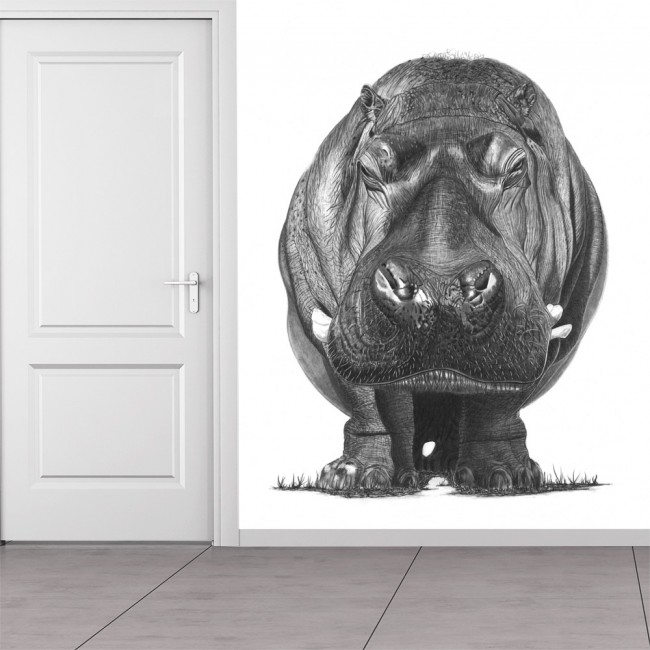
Typically, do you just use pencils or do you use any other tools?
Just standard graphite pencils. I have become a bit of a purist, to be honest, and don't use charcoal or coloured pencil. The only other piece of equipment I use is an eraser; in fact, this typically gets used more than the pencils.
Your work is absolutely filled with detail - How did you develop this style?
I have always loved hyperrealism. The attention to detail is amazing and, more incredible, is the amount of patience required to achieve such lifelike images.
I never had the patience required to achieve hyperrealism, so I have found a relatively quick and less daunting technique that allows me some artistic freedom whilst still providing realistic results. This technique suits my temperament and allows me to sell my work at a more competitive price.
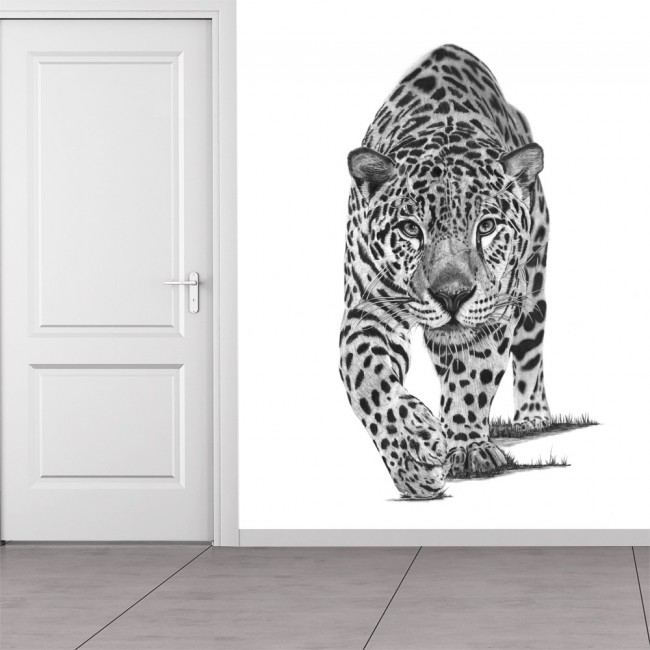
How do you choose artists to feature in your gallery?
My guilty sin is that I only choose artists whose work I like. I should choose them based on their saleability, experience and qualifications etc. but I tend to select on contrast to my own work and whether I am happy looking at their work and talking positively about it to prospective customers.
Can you discuss your creative process?
I have three main series that I work on, wildlife, portrait and bodyscape. I tend to add to these series throughout the year depending on sales and inspiration.
Once I have an idea of what I want to draw next, I spend hours looking at pictures and videos to gain further insight into tones, textures, light and shadows before trying to create or recreate an image. The actual time spent drawing is only a fraction of the entire artistic process.
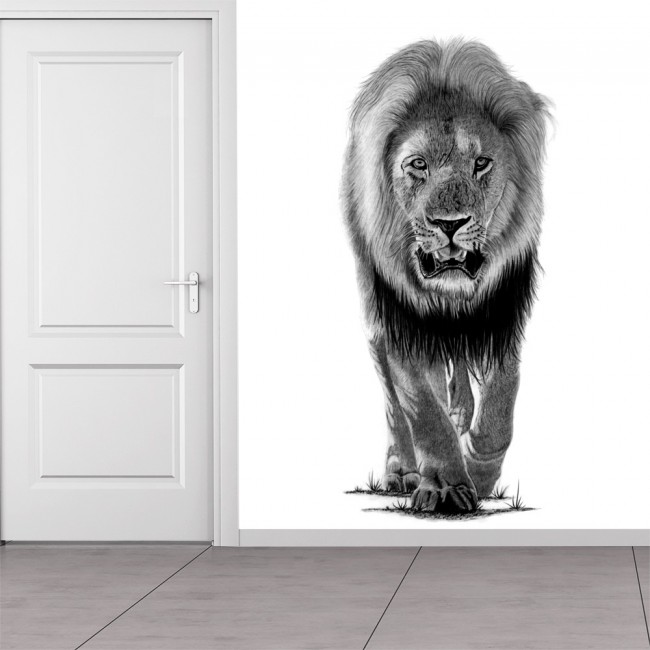
On average, how long does it take you to finish a drawing?
I try to keep to no longer than 30 hours per drawing. I have to keep a commercial eye on every drawing and recognize that spending 100 hours on a piece may make it commercially unviable (too expensive). Also, spending less than a week on a drawing ensures boredom does not set in.
For your animal images, do you try to recreate an image or create something new?
When I am drawing someone's portrait, it has to look like the person in every detail. The great thing with animals is that there isn't, in most cases, a need to make it look like a specific animal.
I have yet to have anyone tell me that they know the elephant/tiger/lion in my drawings and he/she looks nothing like what I have drawn. For this reason, my wildlife drawings allow far greater artistic freedom and fewer requirements on recreating or sticking to reference material.
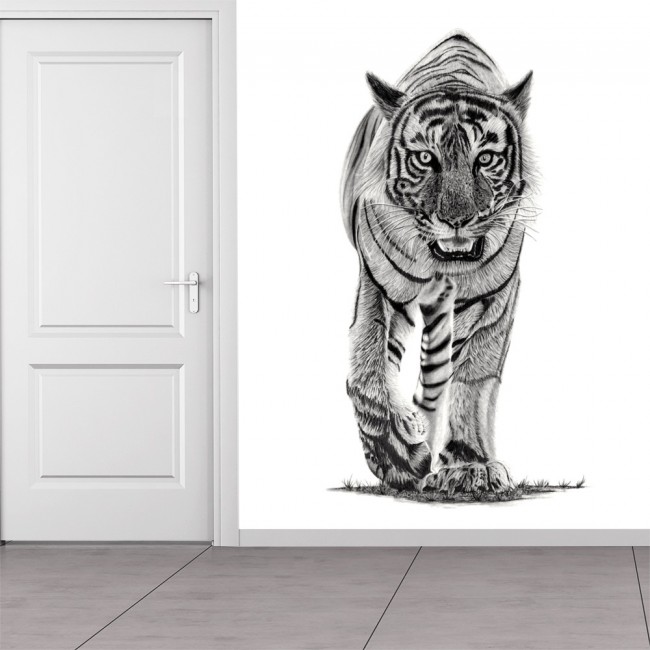
What inspires your work?
I’m inspired by peoples' reactions to my art. When they find out it has been done with a meagre pencil, it makes all the long hours worthwhile and makes me want to push the limitations of a pencil further.
Do you have any advice you’d give to an aspiring artist?
Learn as much about marketing as you do about art techniques. It's no good being the greatest artist in the world if no one knows who you are or gets a chance to see your work. Learn about how to use social media and marketing to maximise your exposure.
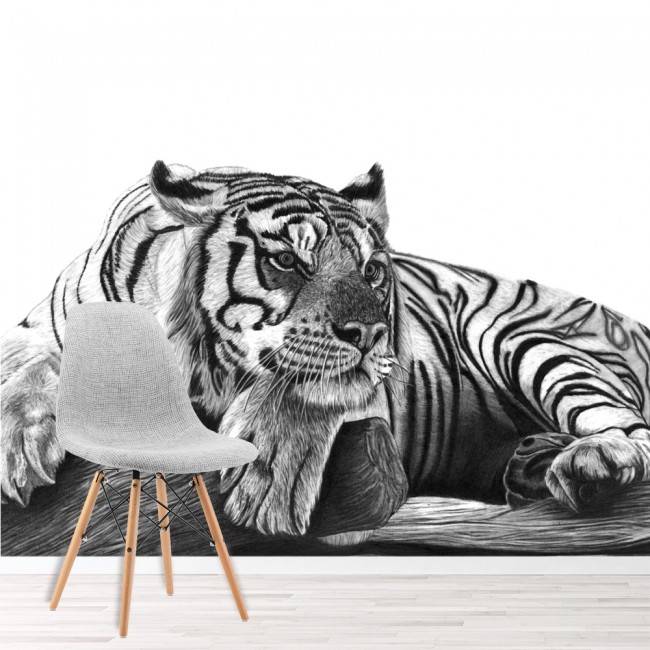
What’s the future looking like for you? Anything big coming up?
Well, we have just opened up our new gallery in Truro city centre which comes with a new clientele with new tastes. You have to adapt to changes quickly and ensure the work exhibited reflects these changes your customers expect.
